- Home
- Self adhesive paper for wooden furniture: easy, waterproof?
Oct . 20, 2025 14:40 Back to list
Self adhesive paper for wooden furniture: easy, waterproof?
A Field Report on self adhesive paper for wooden furniture (and why pros are paying attention)
Market takeaway first: homeowners keep asking for rapid refresh solutions—no sawdust, no fumes, better textures. In fact, the trade has quietly shifted from paint-only fixes to engineered décor papers and films. The “Excellent Grade Different Wood Grains Melamine Impregnated Paper for Furniture/Decoration” coming out of Xingtai City, Hebei, is one of those insider staples. It’s melamine-impregnated by default for hot-press lamination, but the factory also supports a PSA-backed variant for retrofit work—handy when you can’t roll in a press. To be honest, that breadth is why it keeps popping up in spec lists.
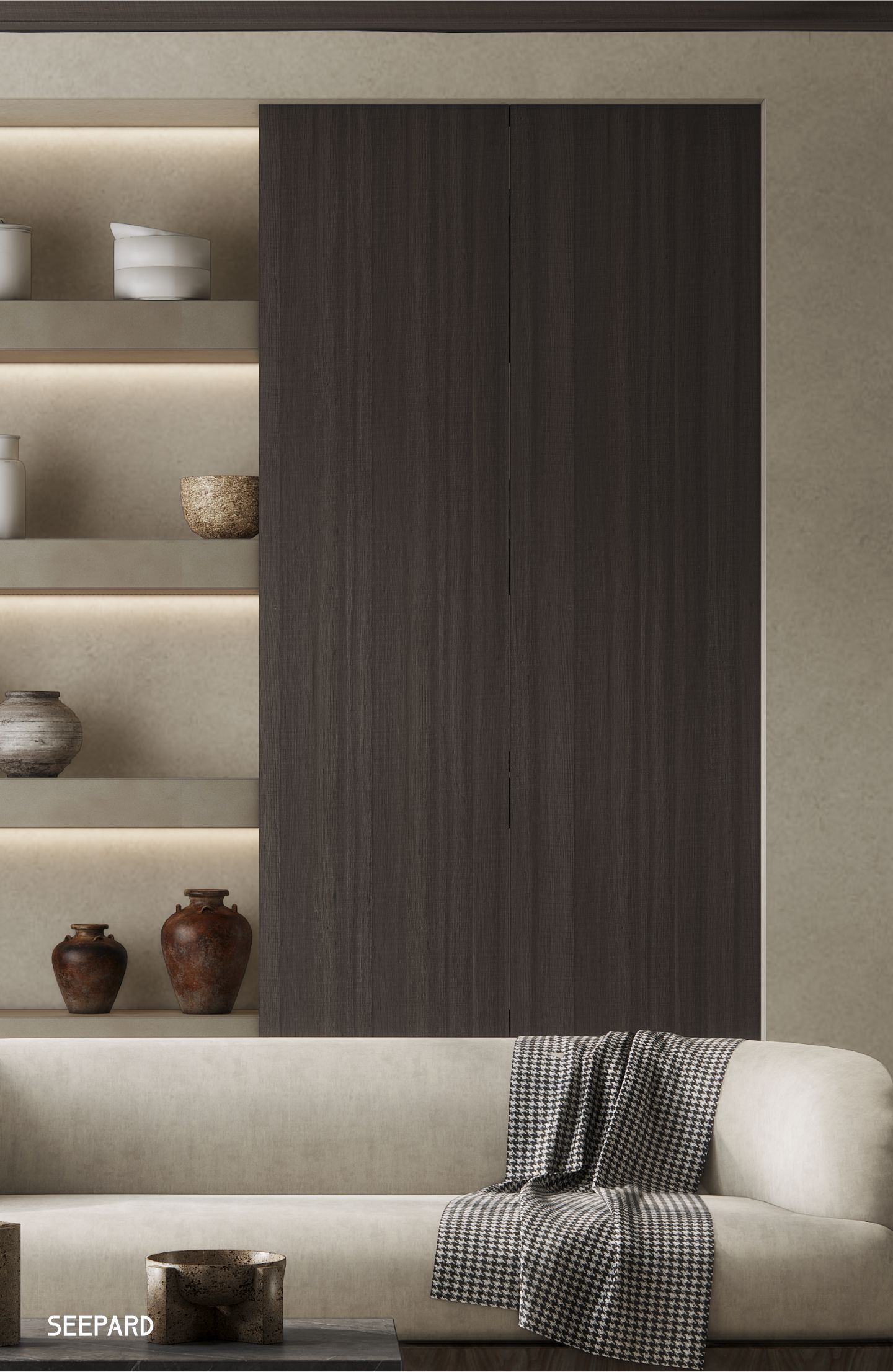
Industry snapshot
Three trends I keep hearing from fabricators: ultra-matte oaks, better stain resistance in rental units, and low emissions. Surprisingly, décor papers are hitting all three. The Hebei plant runs 8 lines for wood grain foil paper, 6 for decorative melamine paper, 6 for transfer paper/film, and 10 for edge banding—capacity matters when you need consistent lots and color control across a hotel rollout.
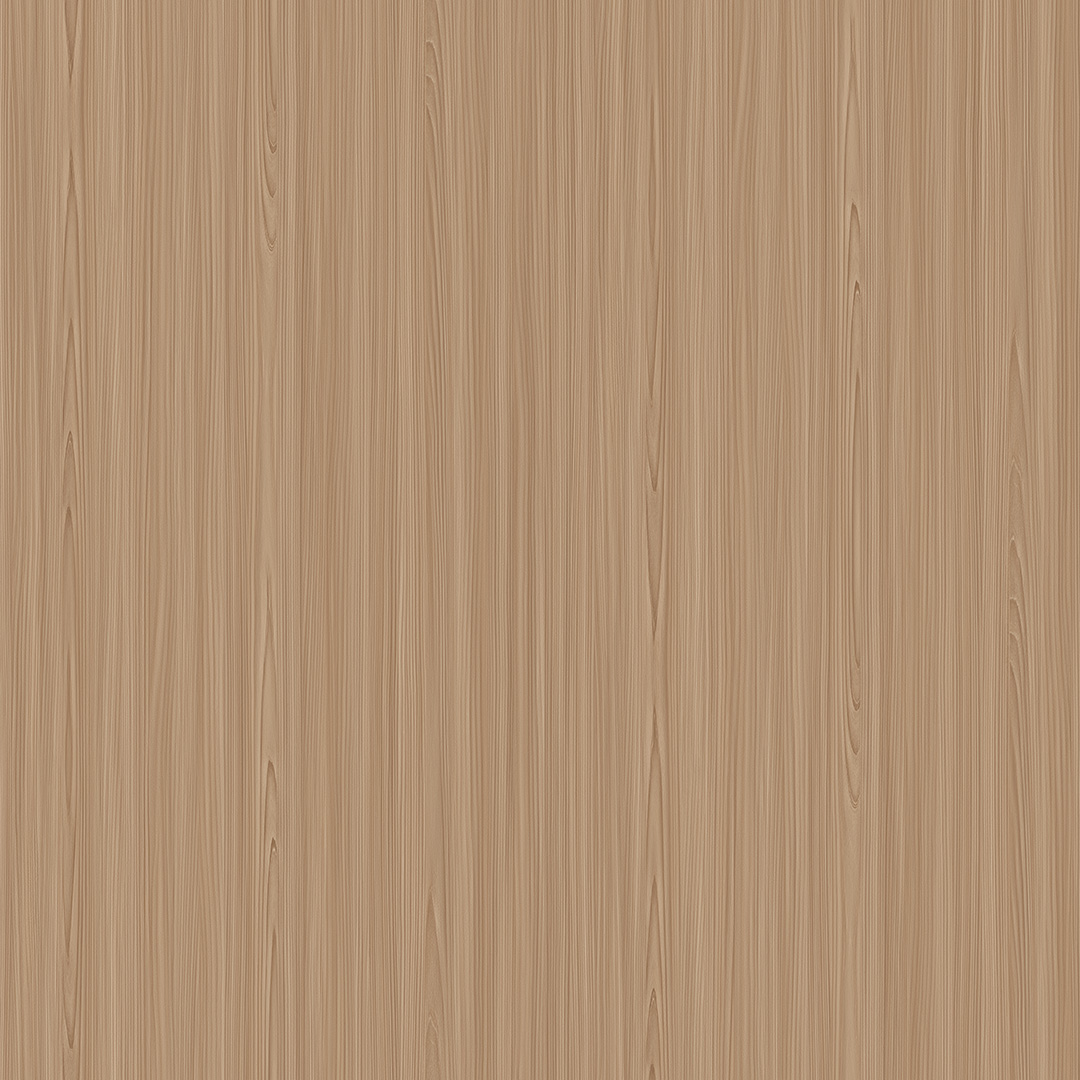
Where it’s used
- Kitchen cabinet faces and carcasses (MDF/particleboard)
- Wardrobes, bookcases, office panels, shopfitting
- Hospitality headboards and casegoods
- RV interiors and rental make-goods (PSA-backed retrofit)

Specs that matter in the workshop
| Parameter | Typical value (≈ / range) |
|---|---|
| Grammage options | 70–115 gsm (70/80/85/90/95/100/110/115) |
| Standard widths | 970, 1070, 1250, 1270 mm; custom on request |
| Base & resin | Décor base paper + melamine/urea resins; optional PSA backer for retrofit |
| Surface performance | Stain resistance Class 5 (EN 12720); abrasion EN 14323 compliant (shop reports AC3-equivalent on presses); water spot pass |
| Color stability | Light fastness ≥ 6 (ISO 105-B02), real-world use may vary |
| Substrates | MDF, particleboard, plywood; edge banding matched |
| Service life | ≈5–10 years indoor, depending on traffic/UV/cleaning |
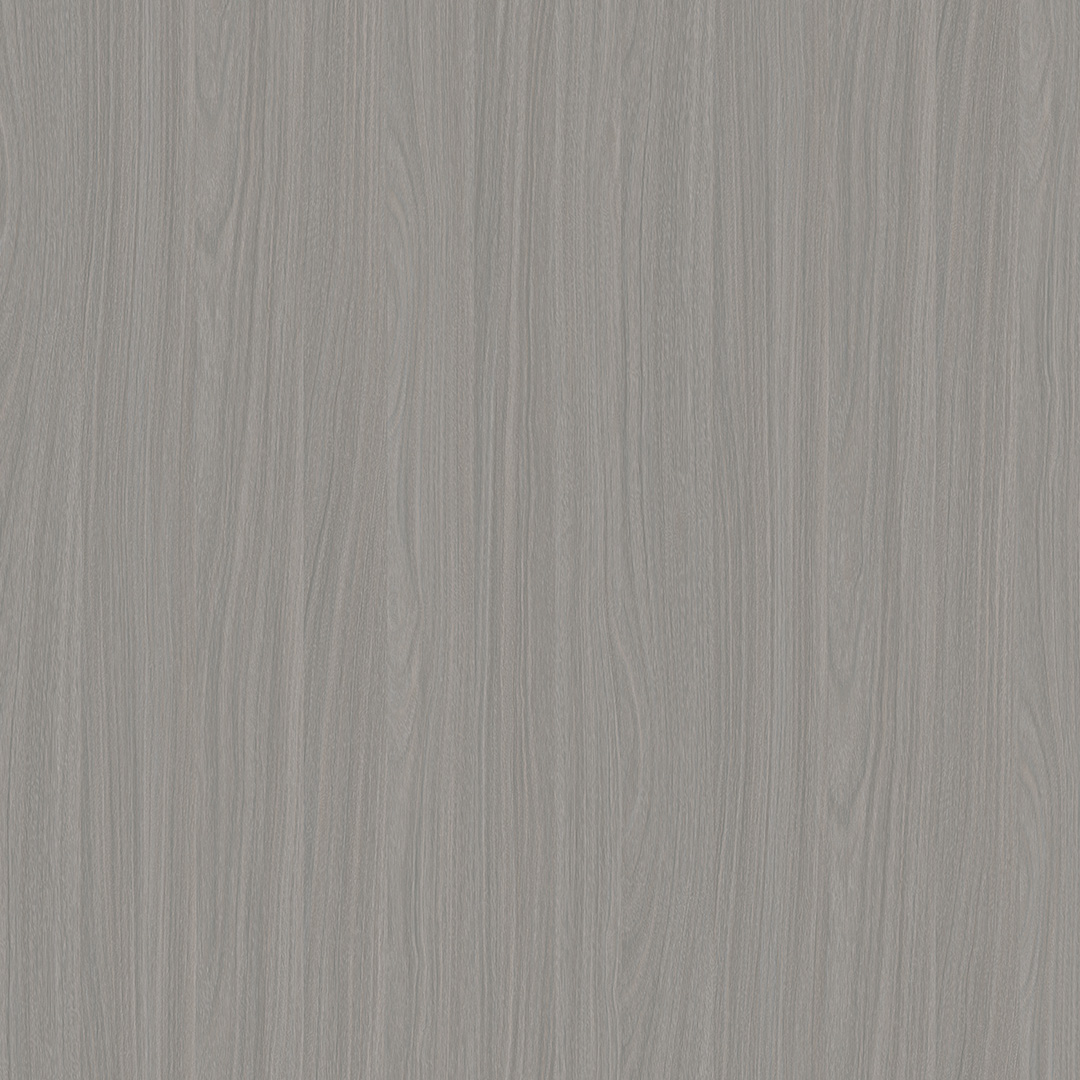
Process flow (shop-floor version)
Hot-press route: cut sheet → align décor paper → press 120–190°C, 20–40 bar (press-specific) → cool stack → trim and edge-band. PSA route: sand and dust-off → degrease (IPA) → dry-fit → apply from one edge with felt squeegee → roll down pressure 1–2 kg/cm → seam trim and post-heat edges (≈60–80°C). Good plants run QC on color ΔE, basis weight, and resin pick-up.
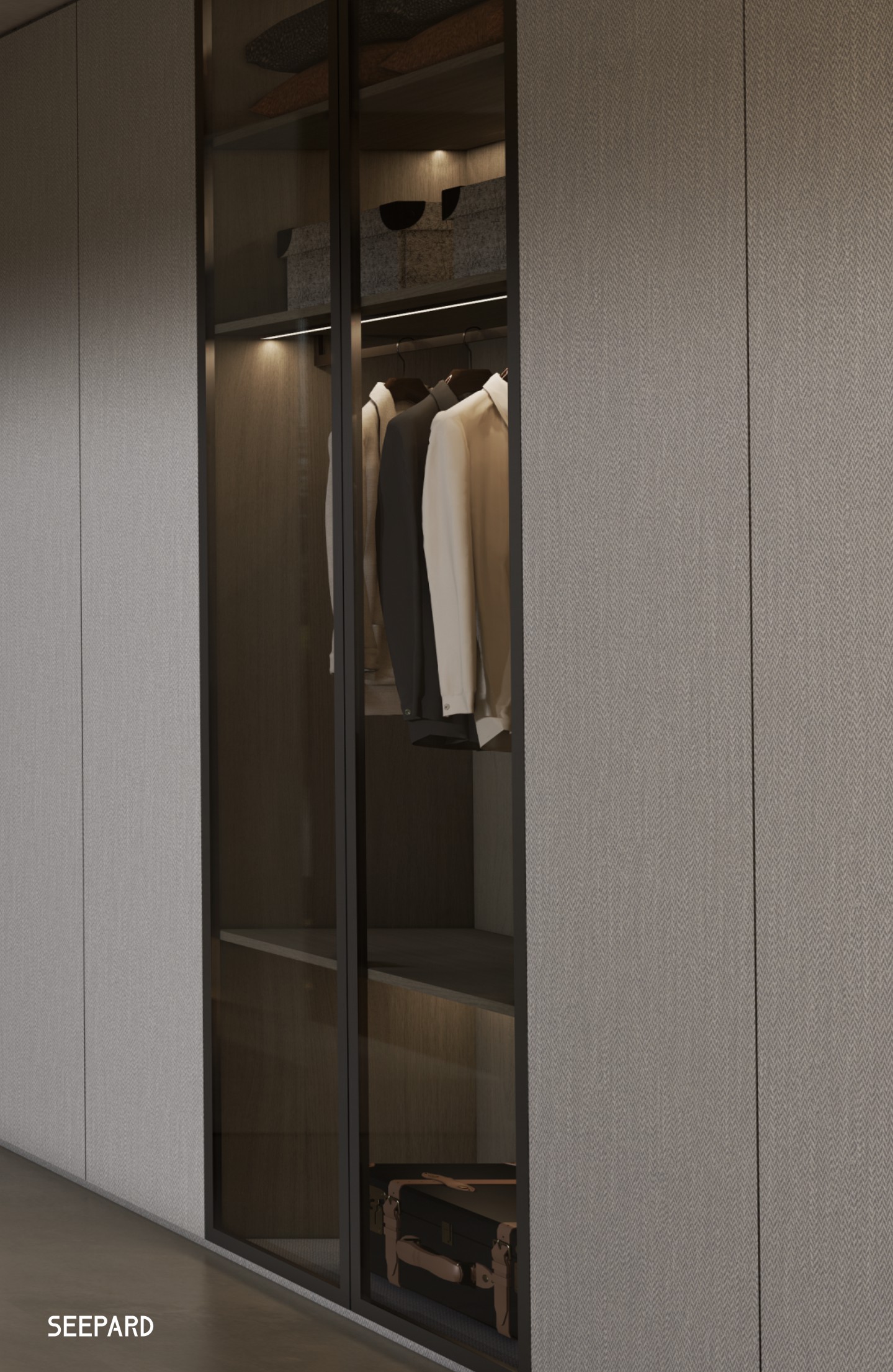
Testing & certifications
Typical test set: EN 14323 (surface characteristics), EN 12720 (cold liquids), ISO 105-B02 (light), ASTM D3330 (for PSA peel), EN 717-1/CARB Phase 2/TSCA Title VI via compliant substrates. Plants I’ve toured usually keep ISO 9001/14001 on the wall; ask for the latest lot report.
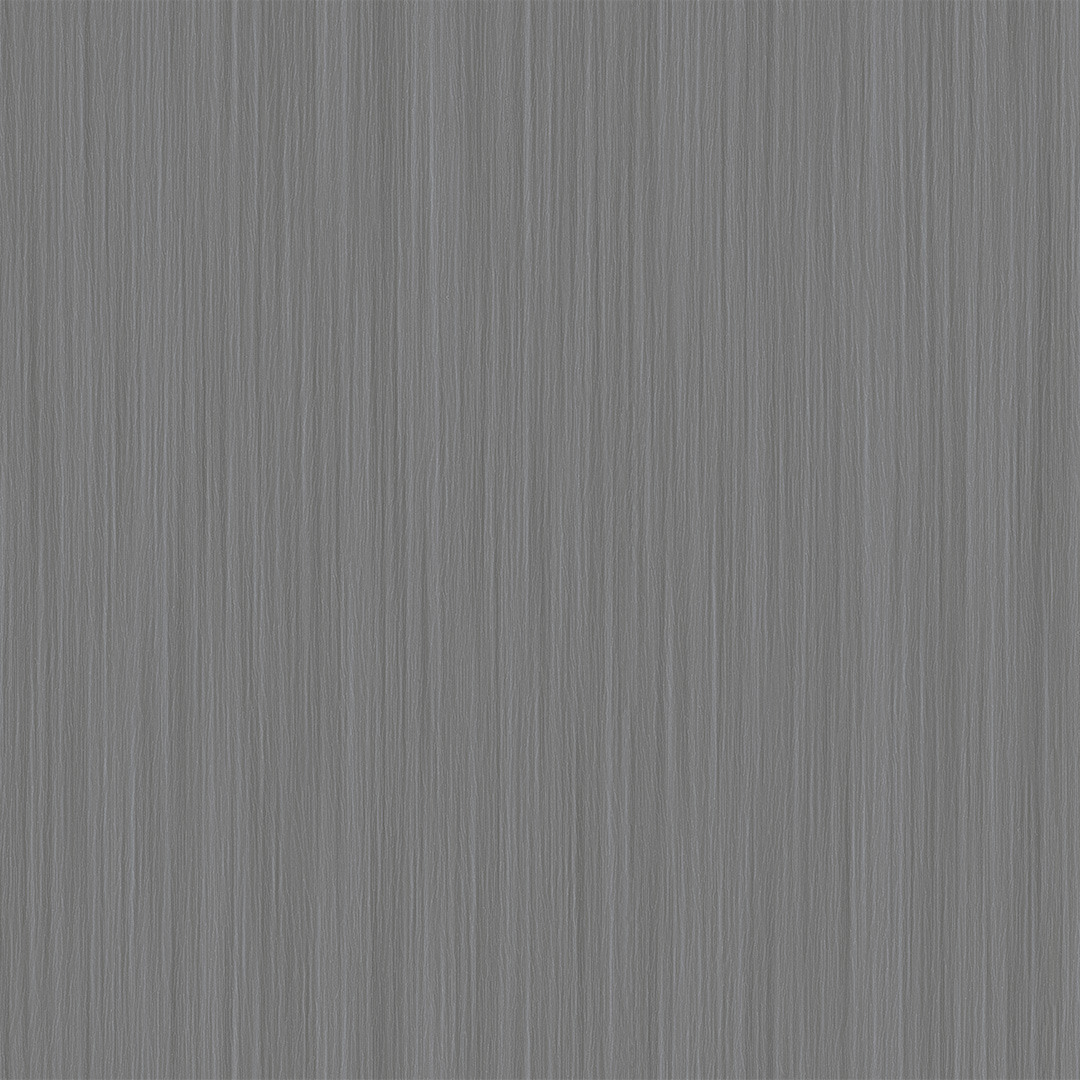
Vendor comparison (quick look)
| Vendor | Customization | Lead time | Certs/Testing | Notes |
|---|---|---|---|---|
| Shineway (Hebei) | 70–115 gsm, 970–1270 mm; matched edge banding; PSA option | ≈ 10–20 days | EN 14323, EN 12720; ISO 9001/14001 typical | Stable color, big capacity; good for rollouts |
| Vendor A | Limited widths; fewer decors | ≈ 25–30 days | Basic EN test set | Price-led, color drift reported |
| Vendor B | Custom prints; higher MOQs | ≈ 20–35 days | EN + ISO light tests | Great textures; longer queue |

What installers say
“Stain rings wiped off with neutral cleaner,” one hotel GC told me—no drama. A cabinet shop owner did note you must respect press parameters; rushed cycles dull the grain. For the PSA-backed self adhesive paper for wooden furniture, prep is everything: de-grease twice, then once more (yes, I’m that person).
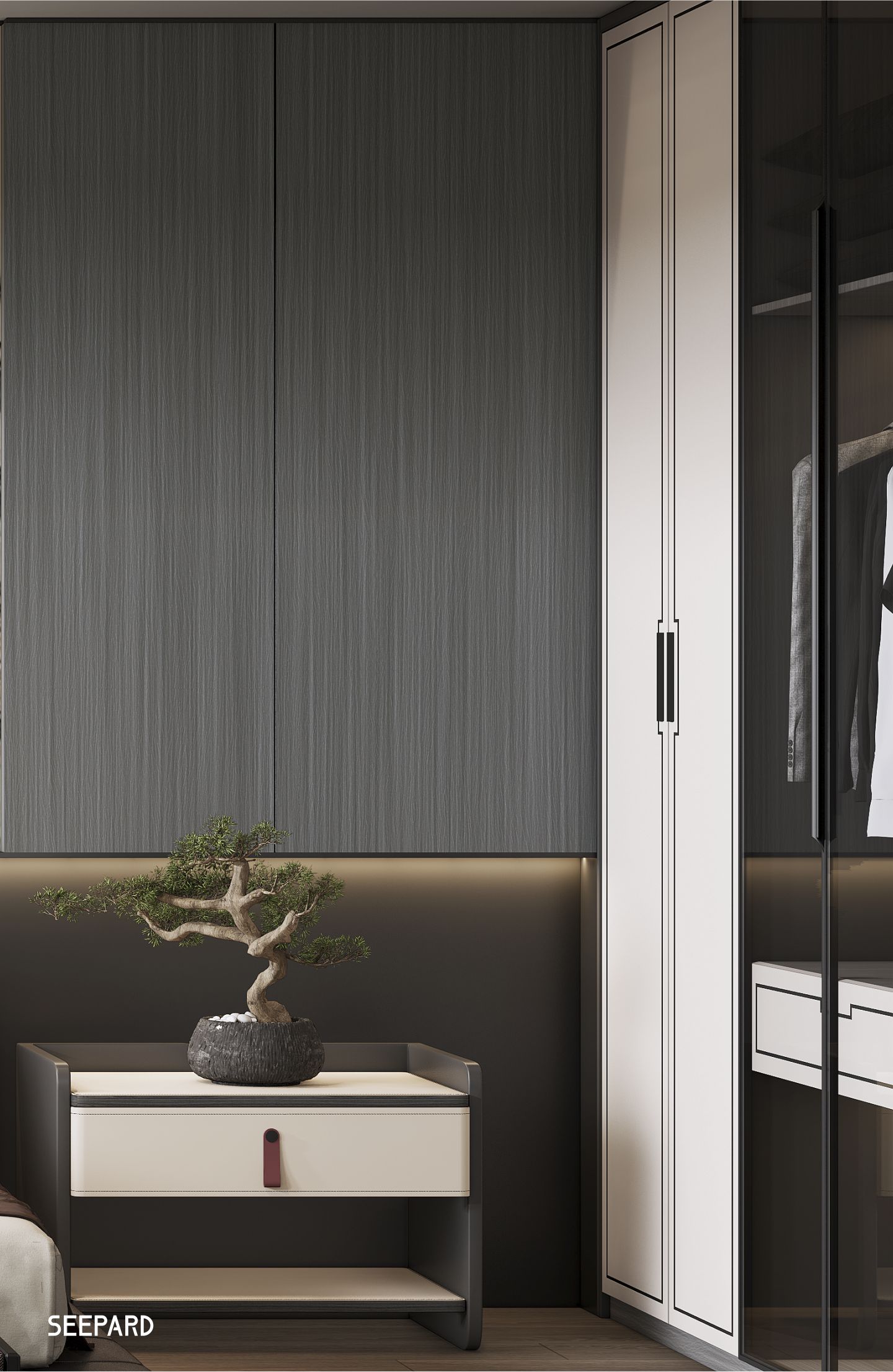
Two quick case notes
1) Boutique hotel, 86 rooms: hot-pressed oak décor on MDF headboards; ΔE kept under 0.8 between floors; zero complaints after 14 months. 2) E‑commerce refurbisher: PSA-backed rolls used to refresh returned coffee tables; peel (ASTM D3330) averaged ≈14 N/25 mm on sealed MDF, pass-fail by visual was 95% acceptable after 6 weeks.

Why this category wins
Color stability, abrasion resistance, and fast installation. It seems that’s the trifecta. For large programs, matched edge banding and transfer films keep the look coherent. For small shops, the PSA-backed self adhesive paper for wooden furniture is just…practical.
Citations
- EN 14323: Wood-based panels — Surface properties — Requirements.
- EN 12720: Assessment of surface resistance to cold liquids.
- ISO 105-B02: Textiles — Tests for color fastness — Colour fastness to artificial light.
- EN 717-1 / CARB ATCM 93120 / TSCA Title VI: Formaldehyde emissions for wood products.
- ASTM D3330: Standard Test Method for Peel Adhesion of Pressure-Sensitive Tape.
Latest news
-
Duplex Board - High Stiffness, Smooth Print, Food Safe
NewsNov.17,2025
-
Furniture Decoration Paper: Durable, Eco-Friendly, OEM Ready
NewsNov.17,2025
-
Furniture Decoration Paper: Durable, Eco & OEM Designs
NewsNov.17,2025
-
Duplex Board Paper – Coated, High Stiffness, Grey/White Back
NewsNov.17,2025
-
Decor Base Paper for Laminate - High Opacity, Clean Print
NewsNov.17,2025
-
Coated Duplex Board: Stiff, Food-Safe, Grey Back Options
NewsNov.11,2025

